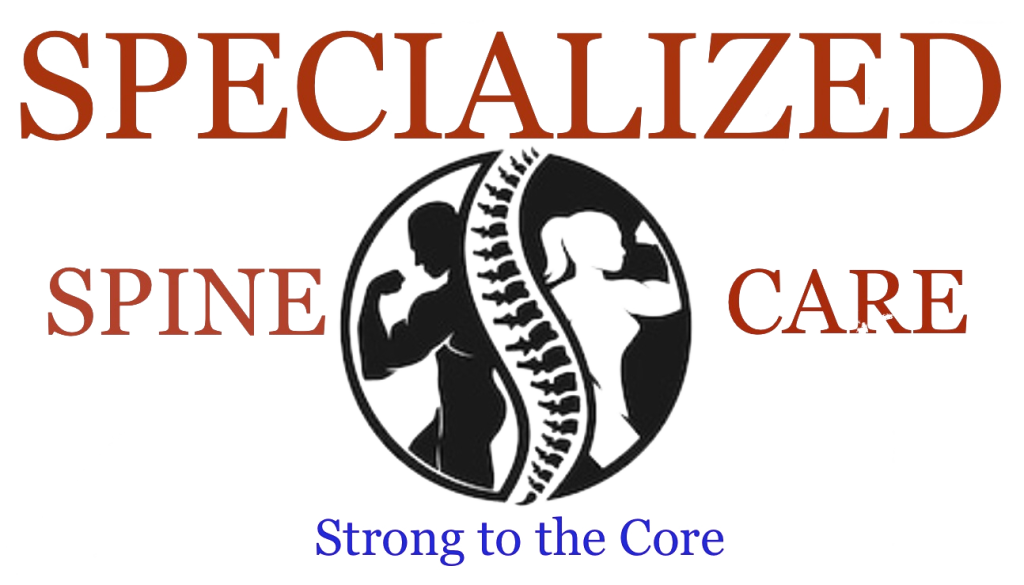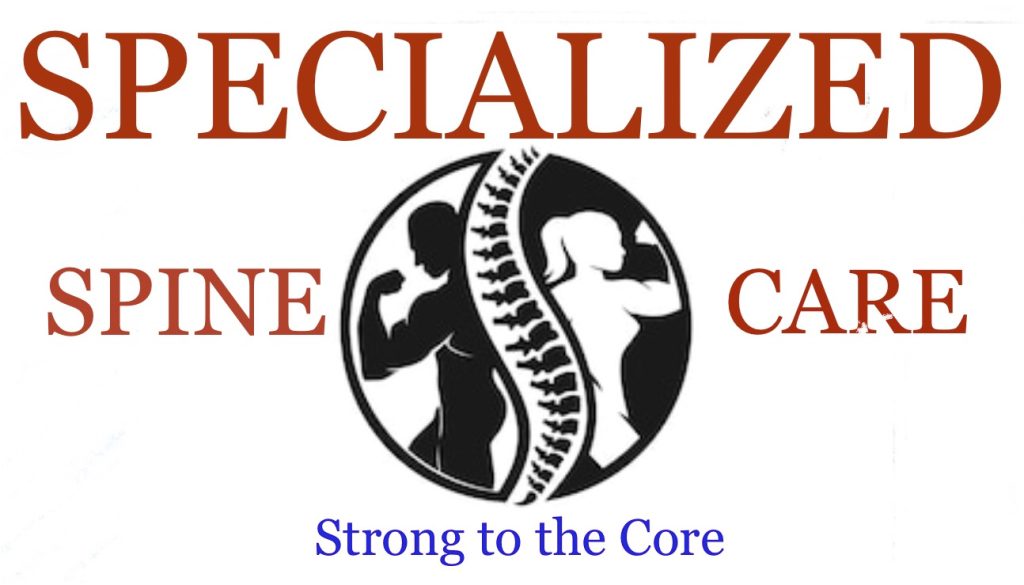A study that examined the spines of people without back pain is casting serious doubt on the methods used to diagnose and treat people whose backs ache.
The study led by Dr. Michael N. Brant-Zawadzki, a radiologist at Hoag Memorial Hospital in Newport Beach, Calif., used magnetic resonance imaging, MRI., to examine the spines of 98 men and women who had no back pain. The researchers found that nearly two-thirds of the subjects had spinal abnormalities, including bulging or protruding disks, herniated disks and degenerated disks. A third had more than one abnormal disk.
The investigators concluded that in many cases it may be sheer coincidence – not cause and effect – when a person with back pain is found to have an abnormal disk. Nevertheless, experts say, the use of MRI, a popular and sensitive imaging method, often leads to unnecessary surgery.
The study was published in The New England Journal of Medicine, accompanied by an editorial by Dr. Richard Deyo, a specialist in internal medicine at the University of Washington in Seattle. “I hope this study is very influential,” said Dr. Deyo, whose research focuses on the outcome of treatment for back pain. “Many Physicians routinely use MRI’s to diagnose back pain,” he said. “Misuse of the results of this imaging method is a bigger problem than physicians or patients realize,” he said, adding, “The opportunity to be misled is substantial.” Dr. Robert Boyd, an orthopedic surgeon at Massachusetts General Hospital in Boston, said researchers showed that many patients without back pain had abnormalities.

